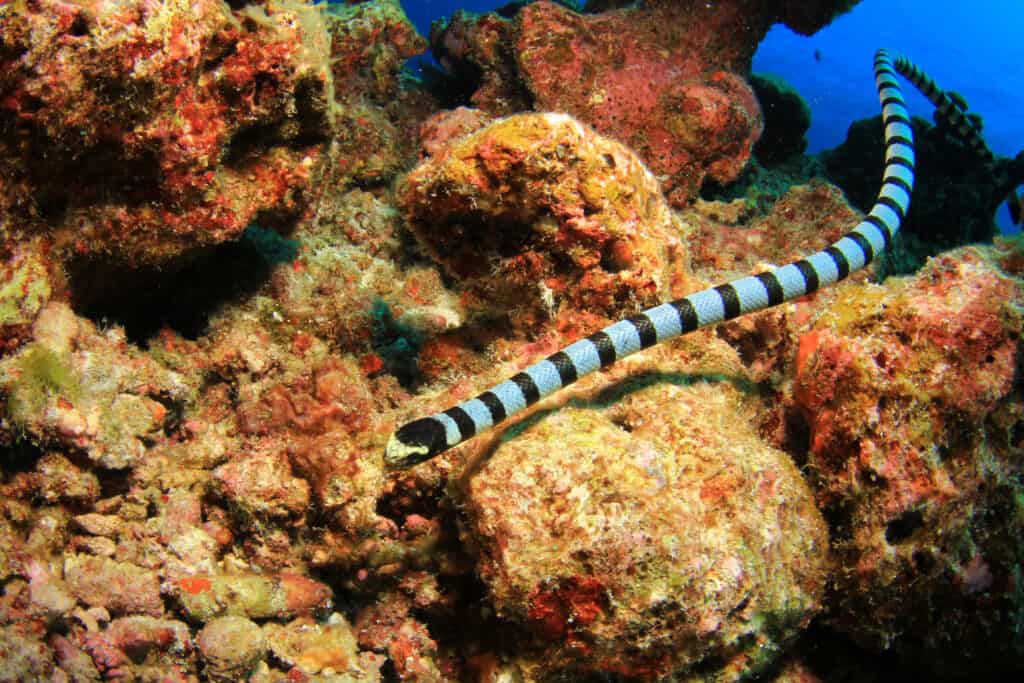Introduction
When it involves the remarkable globe of snakes, few types record the creativity rather like the child tiger snake. Recognized for their distinct coloration and powerful venom, these serpents are an essential component of Australia's unique community. In this thorough post, we will certainly delve into numerous aspects of baby tiger serpents, including their habits, habitat, and exactly how to securely connect with them. Whether you're a wildlife enthusiast or just interested regarding these creatures, comprehending baby tiger snakes can aid promote a much deeper recognition for nature.

Baby Tiger Snakes: What You Need to Find Out About Their Actions and Habitat
What Are Baby Tiger Snakes?
Baby tiger serpents are adolescent kinds of the highly venomous varieties understood medically as Notechis scutatus These snakes are mostly found in coastal regions of Australia, particularly in Tasmania and southern Victoria. As they expand, their pigmentation adjustments from an extra muted palette to the characteristic yellow and Yellow faced whip snake bite symptoms black bands that give them their name.
One noteworthy facet of infant tiger serpents is their dimension; hatchlings generally gauge around 25-30 cm in size. Despite their tiny stature, they possess a shocking quantity of venom that can be harmful to people if bitten.
Physical Characteristics
Tiger serpents possess numerous key physical qualities:
- Coloration: The distinctive banding pattern commonly comes to be a lot more obvious as they mature. Size: Grownups can reach lengths of approximately 2 meters. Body Shape: They have a durable body that assists in swimming and earthbound movement.
Where Do Child Tiger Snakes Live? Recognizing Their Habitat
Understanding the habitat choices of baby tiger serpents is vital for both preservation efforts and public safety. These serpents grow in various settings:

- Wetlands: Marshes and swamps give sufficient searching grounds. Coastal Regions: Often found near coastlines where they can hunt for prey. Woodlands: Dense plant life provides cover from predators.
Geographical Distribution
Tiger serpents are predominantly found along Australia's southern shoreline, including:
- Tasmania: Home to one of one of the most infamous populations. Victoria: Especially in locations near water bodies.
Are Tiger Snakes Venomous? A Deep Study Their Venom
One common concern develops when discussing infant tiger serpents: "Are tiger snakes venomous?" The response is an unquestionable yes!
Venom Composition
The venom of tiger snakes has neurotoxins that can create paralysis, coagulopathy (blood clot issues), and potentially fatality if untreated. Below's what you need to recognize:
- Effects on Humans: A bite from a tiger serpent can cause symptoms like swelling, pain at the bite site, nausea, and also respiratory system failure.
Comparison with Other Venomous Snakes
In contrast to other Australian serpents such as the eastern brownish snake or king brownish serpent, tiger serpent venom is taken into consideration among the most powerful. Nonetheless, deaths are rare due to improved clinical therapies and accessibility to antivenom.
Behavioral Patterns of Baby Tiger Snakes
Understanding exactly how child tiger snakes behave is critical for those who stay in or visit Tiger Snake locations where these reptiles are prevalent.
Nocturnal Habits
Most infant tiger serpents display nighttime habits. They often tend to forage for Click for info food throughout cooler night temperature levels. This flexibility aids them avoid predators while improving their searching efficiency.
Hunting Techniques
Their searching methods include:
- Ambush Predation: Waiting inactive until prey comes close. Active Foraging: Proactively moving through vegetation or along waterways trying to find food.
First Aid for Snake Bites: What You Must Know
Despite being interesting animals, encounters with child tiger serpents can bring about unsafe circumstances if bites occur. Recognizing emergency treatment treatments can conserve lives.
Immediate Steps After a Bite
Remain tranquility; panic enhances heart rate. Immobilize the impacted arm or leg making use of a splint or bandage. Seek immediate medical interest-- antivenom may be necessary.Creating a Snake Bite First Aid Kit
A well-prepared first aid set must include:
|Thing|Function|| ------------------------------|--------------------------------------|| Compression plaster|To debilitate the arm or leg|| Splint|Supports broken bones or joints|| Antihistamines|Alleviates allergies|| Emergency call numbers|Quick accessibility throughout emergency situations|
Common Myths Concerning Tiger Snakes Debunked
Many myths border these interesting reptiles; let's clarify some misconceptions commonly held by people.
Myth # 1: All Tiger Snakes Are Aggressive
While some people might show protective behaviors when endangered, not all tiger snakes display aggressiveness in the direction of human beings unless provoked.
Myth # 2: Infant Tiger Snakes Are Less Harmful Than Adults
This misconception might not be additionally from the reality! Child tiger serpents consist of virtually as much poison as grownups about their dimension; hence they pose considerable risks if bitten.
FAQs About Infant Tiger Snakes
What do baby tiger snakes eat?- They primarily eat small animals, birds, frogs, and fish.
- Look for slender bodies with faint banding patterns that become more noticable as they mature.
- Yes! Birds of target and bigger reptiles may target them.
- Typically every few weeks as they grow rapidly throughout their early life stages.
- While some people do maintain them illegally without authorizations because of their unsafe nature; it's generally not suggested offered their venomous status.
- With prompt medical treatment-- consisting of antivenom-- the survival rate is high!
Conclusion
In recap, comprehending baby tiger serpents-- what they eat, where they live, how they behave-- can equip us with beneficial knowledge concerning these exceptional yet hazardous animals. The importance of education and learning bordering first aid procedures can not be overstated; recognizing how to respond properly after a bite could save lives while cultivating respect for our slithering next-door neighbors within Australia's rich biodiversity spectrum.
By appreciating these snakes' functions within ecological communities-- and recognizing possible threats-- we advertise coexistence instead of fear-based reactions toward one another's presence in nature's grand tapestry! Whether you're a passionate walker contemplating your following adventure or simply interested regarding regional wild animals encounters near home-- this overview serves as your relied on referral point on the enigmatic world occupied by our pals-- the splendid baby tiger snake!